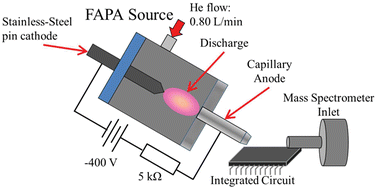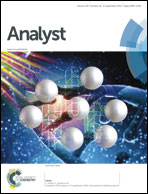Detection of counterfeit electronic components through ambient mass spectrometry and chemometrics
Abstract
In the last several years, illicit electronic components have been discovered in the inventories of several distributors and even installed in commercial and military products. Illicit or counterfeit electronic components include a broad category of devices that can range from the correct unit with a more recent date code to lower-specification or non-working systems with altered names, manufacturers and date codes. Current methodologies for identification of counterfeit electronics rely on visual microscopy by expert users and, while effective, are very time-consuming. Here, a plasma-based ambient desorption/ionization source, the flowing atmospheric pressure afterglow (FAPA) is used to generate a mass-spectral fingerprint from the surface of a variety of discrete electronic integrated circuits (ICs). Chemometric methods, specifically principal component analysis (PCA) and the bootstrapped error-adjusted single-sample technique (BEAST), are used successfully to differentiate between genuine and counterfeit ICs. In addition, chemical and physical surface-removal techniques are explored and suggest which surface-altering techniques were utilized by counterfeiters.


 Please wait while we load your content...
Please wait while we load your content...